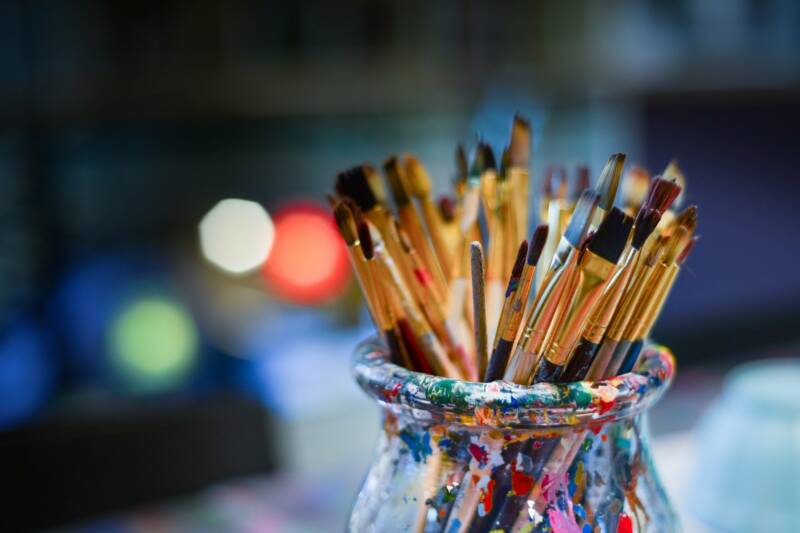God has an Eye for Detail Because He was the First Artist

This credo was published in The Times on 22nd February 2003
SHARE
Back in the late 1960s a friend who was studying at Oxford told me about the new buildings being constructed for St Catherine’s College. The Danish architect, Arne Jacobson, not content with designing the campus, also provided designs for the cutlery and crockery and personally supervised the planting of the shrubs and flowers for the college gardens. When asked why, he quoted the words of another great architect, Ludwig Mies van der Rohe, who said: “God (not the Devil) is in the details.”
God is in the details. Sometimes I am asked as a Jew — members of other faiths may have had the same experience — why our faith has so many laws and prohibitions, such intricate prescriptions of what we may or may not eat, may or may not do on the Sabbath, and so on. Surely, they airily imply, God is above that sort of thing?
I hope He isn’t, because if He were, we would never have had the ordered complexity of life on Earth; the 3.1 billion letters of the human genome, an error in any one of which could spell fatal handicap; the three million species of living things; the astonishing capacity of the human brain or much else of the meticulous diversity of creation.
To be a true artist is to have a passion for detail. I think of Beethoven endlessly revising his scores, sometimes taking years before a musical idea reached the perfection he required, or Monet in his eighties painting the water-lilies in his garden time and again in his attempt to capture for eternity the sunlit sensation of a moment.
I think, to take other examples, of Moses Maimonides, one of the greatest Rabbis of the Middle Ages, making tiny adjustments to his great code of Jewish law until the very end of his life, or of the many months of patient craftsmanship with which a Jewish scribe to this day writes a Torah scroll, in ink, on parchment, using a quill, in exactly the same way that the Dead Sea Scrolls were written more than 2,000 years ago. “Genius,” says the proverb (and religious genius is no exception), “is an infinite capacity for taking pains.”
What sculptors do with stone, writers with words, painters with pigments and musicians with notes, Judaism does with deeds — creating on the Sabbath a masterpiece of rest, on Passover a re- enactment of the Exodus, and in the dozens of blessings we have for the varied pleasures of the senses, recapturing the wonder that we are here at all to enjoy this world that might not have been.
It is no more possible to do these things vaguely, abstractly, without precise prescriptions, than it is to write a novel in general or make a film in principle. To be a Jew (and the same, I suspect, is true for other faiths) is to invest life with the same seriousness, the same attention to detail, as art.
Life as art — that, it seems to me, is what religious ritual is: our enactment of God’s script, reading His word, following His choreography, rehearsing the roles He has called on us to play. That is how we bring His Presence into our lives, giving us the vision to see and the energy to make a world not yet achieved but which calls to us from the far frontier of possibility.
We could no more do this without the details than we could stage a play without a script or a symphony without the score. God lives in the details. I, for one, would not want it any other way.
